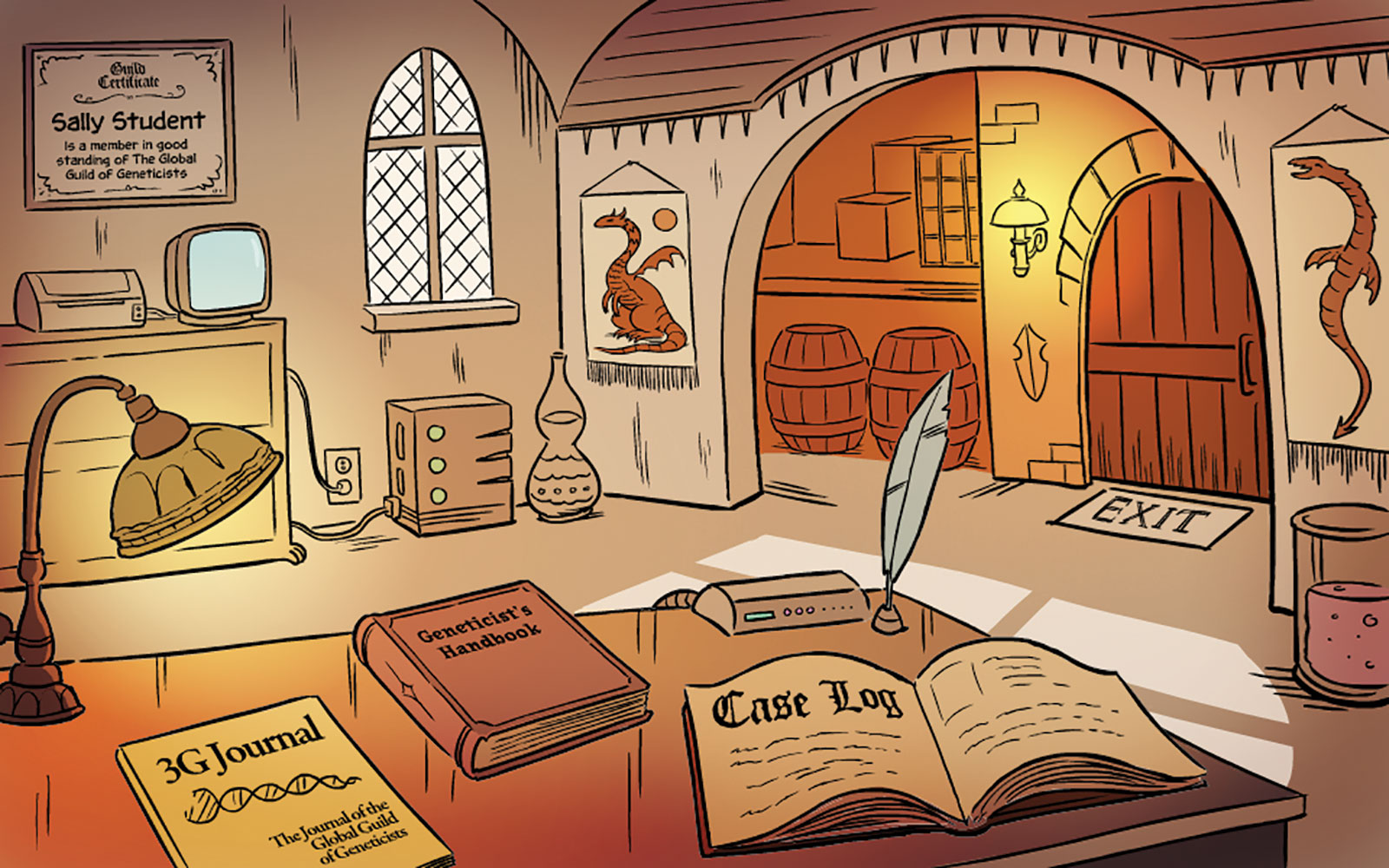Artificial Intelligence Research for Engineering Design, Modeling Plate Tectonics for Learning, Sensing Science through Modeling Matter, and more in Spring @Concord
Perspective: Distributing Innovation
There are 99,000 public schools in the United States. And there are thousands of software applications and technologies shown by research to help students learn. But despite these numbers, we face an enormous disconnect — much of this good technology is not widely adopted by teachers and schools.
Looking at the Evidence
Scientists and science teachers talk a lot about things they know, things that have been established in the scientific community beyond a doubt. DNA carries hereditary information. The Earth’s surface is made up of many constantly shifting plates. Gravity is the force of attraction between two objects.
Monday's Lesson: Digital Inquiry in the One-Computer Classroom
The Rhode Island Technology Experiences for Students and Teachers (RI-ITEST) project contains some of the best deeply digital resources for doing inquiry in the high school science classroom. What exactly does it mean to “do inquiry” with digital resources? And what does it look like, especially when you have just one computer?
Inspiring Young Scientists with Innovative Tools
Do little seeds make little plants? Do big seeds make big plants? Do your feet heat up when you run? Is the inside of my dog’s mouth the same temperature as my sister’s mouth? Do bugs see the same things we do? The list of questions from young children is virtually endless, unlimited in scope, and free of convention. Kids are curious, which makes them natural scientists.
SmartGraphs Software Helps Students Learn Using Graphs
Graph interpretation is a central skill in all fields of science, mathematics, and technology. For members of the public, understanding significant scientific and societal concepts — such as global warming, the stock market, or housing price fluctuations — often depends on making sense of graphs. Nonetheless, students of all ages demonstrate difficulties interpreting graphs. Students need to repeatedly explore, create, manipulate, and explain graphs in order to learn how to use them well. It’s the same process as learning the three R’s, and equally fundamental.
Connecting Energy Across the Curriculum
The importance of energy and energy use is evident in all corners of our lives. From the food we eat to the cars we drive, energy plays a central role in our political and social lives. Similarly, energy is one of the most central ideas in science. The flow and transformation of energy ties together concepts across all disciplines.
Blogging About Breeding Evidence
Vocabulary. Diagrams to label. More vocabulary. More diagrams. For students and adults alike, this is the traditional vision of biology class. But biology is much more than static words and drawings: it’s a living product of the work of many individuals conducting investigations and discussing the results.
Innovator Interview: Dewi Win
Meet Concord Consortium employee Dewi Win. Learn what excites her about working at the Concord Consortium and what she sees in the future of teaching math using technology.
News at Concord Consortium
The latest news from the Concord Consortium in spring 2011. Chad Dorsey to Speak at NSTA Conference, SproutCore Enables New Web Innovations, Concord Consortium Resources Featured in Mashable, and more.



